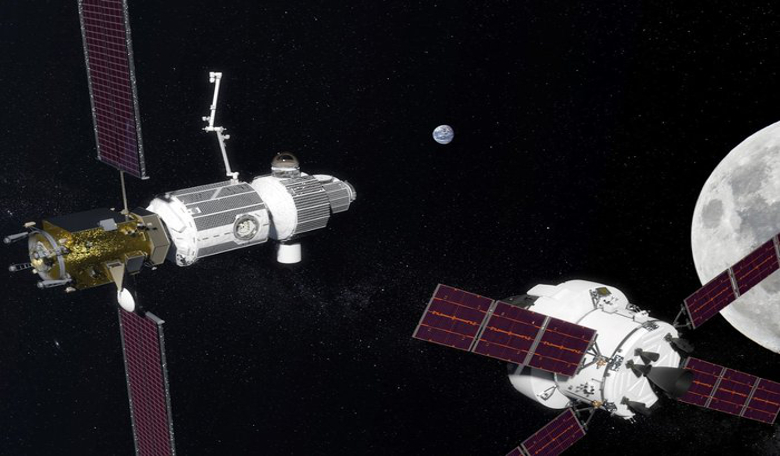The European Space Agency and its Member States have laid out plans as to where the organisation sees itself heading in the next few years and a stake in the Lunar gateway is high on its list of priorities.
Using its European Exploration Envelope Programme (known as E3P) as a springboard for ideas, the ESA Council has highlighted the agency’s desire for Europe to play a leading role in the global exploration of space and to achieve this, the council have identified three main areas in which to make an impact.
These include; negotiating agreements covering the elements of potential ESA contributions to the Lunar gateway, including both transportation and infrastructure; negotiating agreement(s) covering potential European contributions to an international Mars Sample Return mission or other sample return missions; and examining scenarios and mission concepts for lunar exploration missions supporting the objectives of the European scientific community.
The Participating States in the E3P Programme have already begun preparations that could see Europe become a major player in the ‘Lunar gateway’ with a reform of a current legal act and with the commissioning of modules to be used as part of the gateway itself.
The Lunar gateway set out as a sole NASA initiative but has since agreed a partnership with Russia to build the first lunar space station. Placed farther from Earth than the current Space Station – but ironically not in a lunar orbit – the gateway will offer a staging post for missions to the Moon and Mars.
ESA is also busy building a European Service Module for NASA’s Orion spacecraft - another project designed to take humans deeper into space. Orion – named after one of the largest constellations in the night sky – will serve as the exploration vehicle that will carry crew to space, sustain astronauts during their missions, provide emergency abort capability and provide safe re-entry from deep space return velocities.
ESA’s Director of Human and Robotic Exploration David Parker says, “there’s no doubt that the next decade is going to be exciting for space exploration. ESA and its Member States are working hard to keep Europe at the heart of the journey of discovery and fascination that lies ahead.”
Its a busy week for ESA as starting today the agency will also join the international community at UNISPACE+50 to celebrate the 50th anniversary of the first United Nations Conference on the Exploration and Peaceful Uses of Outer Space.
UNISPACE+50 will run from 18–21 June at the Vienna International Centre, to reflect on the achievements the space community has encountered in the last five decades. Only three prior UNISPACE conferences have taken place before; one in 1968, 1982 with the last being held in 1999.











